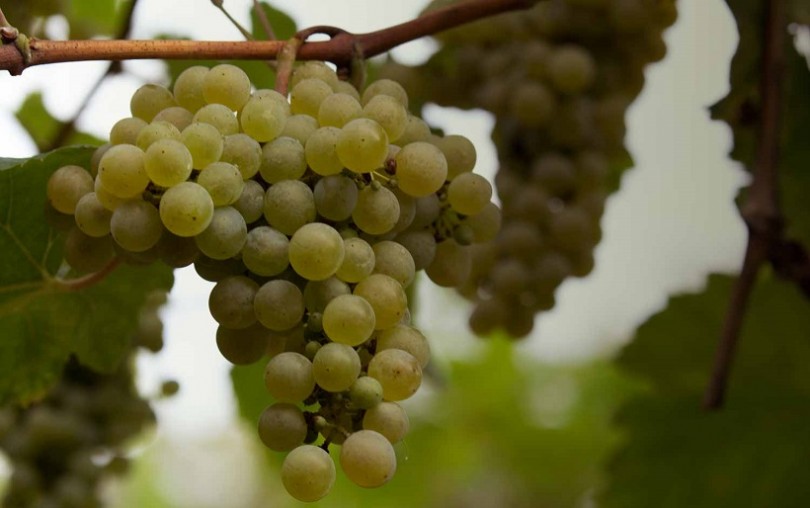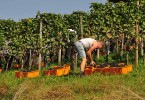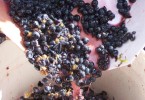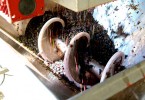Biological wine in Italy: what happens now?
According to Cia – Confederazione Italiana Agricoltori (Italian confederation of agriculture), in the last years the passion for bio has increased. It is a tendency of that affected also the viticulture sector and that proof an increasing of the demand and the number of surfaces dedicated to the Italian Biological wine.
Many Italians made this choice, guided by a healthier and more aware way of living that looks at the biological. In this sector, in fact, the use of herbicides, fertilizer and sulphites is limited and it is regulated by the European Union that in 2012 declared which one are the fundamental oenological practices to guarantee the “bio” certification to the wine, not only for the grapes but also the production inside the winery. This allowed a greater safeguard not only of the consumer but also of the wine maker itself.
Italian biological wine: relevant data

[wysija_form id=”7″]
On a statistic point of view, in Italy, around the 53% of the population buy biological food, whereas in 2013 the 19% of the families declared to have bought “bio” wine. This means that the 2% of the Italian families have drunk it at least once.
As for the production, in 2012 in Italy the surface cultivated with biological vineyards was more than 50.000 hectares (a growth of +67% between 2003 and 2011), with at the first place Sicily, followed by Apulia and Tuscany.
Italian biological wine: new markets
Although it is a niche market, biological wines are obtaining numerous international recognitions. The positive consequence of this tendency is the opening of a new and rich market as in Germany and in the United Kingdom, in China and Japan, the demand of biological wine is spreading and made in Italy is extremely successful all over the world.
For instance, the 27% of the sold wines in 2012 in the United States is imported and Italy achieved a percentage of the 13% just for the biological sector
(Source: teatronaturale.it, FederBio)
Imagine source:
www.riccagioia.it







